Growers scent a revival in UK’s cut-flower industry

Simply sign up to the Life & Arts myFT Digest -- delivered directly to your inbox.
In 1928, an exciting new flower shop opened in Pimlico, London, called Flower Decoration. Its owner, Constance Spry, would become the great-grandmother of modern floral design and the first real “celebrity florist”. At 42, with two decades of work in education behind her, Spry was an intrepid revolutionary in her own quiet, dignified way.
She fearlessly loosened the rigid constraints of contemporary floristry with natural, flowing arrangements inspired by the Dutch masters and her own, very English garden, where she also grew many of the flowers for her shop. In fact, almost all the ingredients she had at her disposal would have been both seasonal and British grown. At that time, flowers such as mimosa, imported by train from the south of France, were known as “exotics”. The seasons, therefore, guided all her compositions.
For the next few decades, her stand at the annual Chelsea Flower Show pulled in the crowds, who were enthralled by her daring combinations of cultivated flowers and more unexpected materials, ranging from “dead” flowers and weeds to vegetables and wild hedgerow branches, all tastefully woven together with Spry’s usual style and elegance.
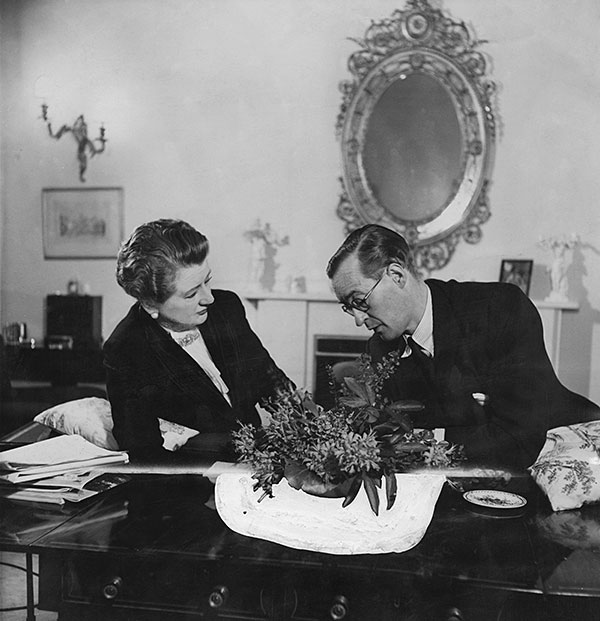
Yet it could be argued Spry was also the unwitting accoucheuse of a floral beast. Published in 1934, her first book, Flower Decoration, was a bestseller. Many more followed. Soon flower arranging was both a popular pastime and an acceptable career choice for young women. As interest in flower arranging grew, so did demand for flowers. Not everyone had Spry’s innate gardener’s feel for nature, though, and the new army of floral artists wanted access to every flower in every season. They wanted them in quantity and at the best price.
By the 1970s, the British cut flower industry was in steep decline. It simply could not compete with imported flowers, which were generally cheaper and more sought after. In the 1970s, for example, there were 120 chrysanthemum growers registered in the UK; by 2013 they had dwindled to just three. Yet demand for cut flowers continued to rise and imported blooms benefited, with their value rising from £122m in 1998 to £691m in 2014.
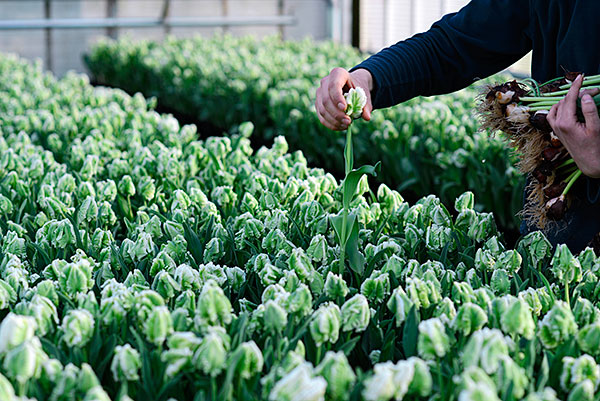
Thankfully, the tide seems to be turning and following a familiar pattern. I’ve always thought the food and flower industries to be natural bedfellows and, within the former, there has been a huge and noticeable move in recent years towards ethically sourced, seasonal and local ingredients. Restaurants are proud to support the British food industry and keen to promote artisanal producers, too. There is hardly a menu left in the kingdom that doesn’t proudly list the origins of its produce. Now, the British flower trade is gradually following suit, as surviving flower farmers diversify to appeal to new audiences and new entrepreneurs influence the business.

One of those survivors is Smith & Munson, which was founded in 1949. Recently Edward Munson, of the fifth generation to enlist in the family business and fresh out of university, joined his parents, Stephen and Jo, to help with their annual crop. Each year they produce more than 7m tulips and 1.5m lilies using hydroponic methods (that is, grown in a nutrient-rich solution rather than soil) at their farm in Spalding, Lincolnshire. They supply wholesale markets across the UK and are dedicated to the future of British flowers. They have also invested in biomass boilers, solar panels and a reservoir for recycling run-off rainwater as part of their commitment to the environment.
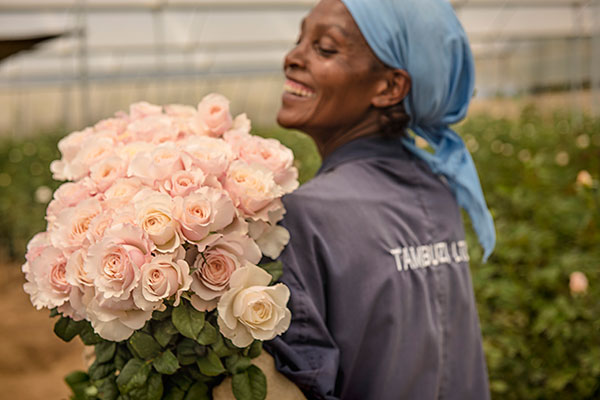
In Cornwall, James Clowance, at Clowance Wood Nurseries, runs his long established family business with similar passion, producing spring and summer flowers, both to sell to wholesalers and directly to customers online. In Hampshire, Rosebie Morton owns a cut-flower farm and is founder of the Real Flower Company. Working with Tambuzi, a Fairtrade farm in Kenya, for winter growing, Morton specialises in deliciously scented English roses that are sold directly to the public online and to the flower trade via several wholesalers.

Larger companies like these are generally run independently of each other and can supply flowers on a large scale that can be intimidating to the smaller, artisanal growers. Three years ago, Jane Macfarlane Duckworth founded The Flower Union to address some of those issues and put florists in touch with smaller British growers. By pooling resources, especially transportation and administration, growers can concentrate on their core business and provide florists with a wider range of plants in larger quantities, as single types can be sourced from several growers. Macfarlane Duckworth insists this is the most realistic and environmentally sustainable way for the sector to grow.

Some artisanal growers choose to go it alone, however. Polly Nicholson, of Bayntun Flowers in Wiltshire, is a small-scale grower specialising in rare flowers that aren’t usually available in the market place. She is polycultural and organic, so her clients have a constantly revolving palette of seasonal flowers with a strong environmental ethos: hand weeding, boreholes for water, black bees for pollination, manure from her own livestock and no pesticides.

In Oxfordshire, Bridget Elworthy is another innovative gardener-grower. She took on a large garden when she moved to the UK from New Zealand and quickly saw the potential to make it productive, both in terms of cut flowers and vegetables. Along with Henrietta Courtauld she set up The Land Gardeners, which supplies cut flowers to the trade and designs productive gardens. As a consultancy, it also advises on productive gardening and runs workshops exploring healthy plants, soil biodiversity and living gardens.
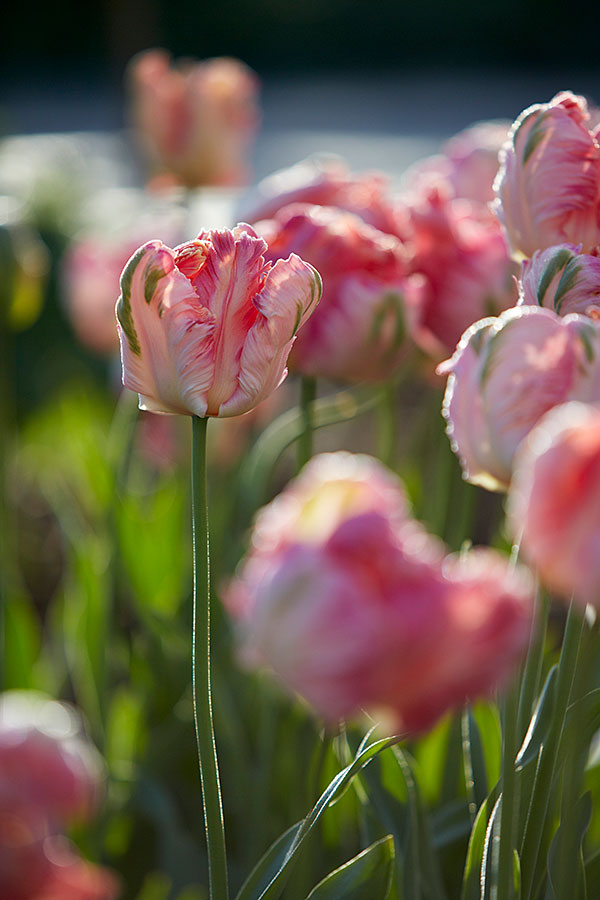
The future, then, is not looking too grim and I feel Constance Spry would be very excited to see recent developments. There are many of us in the British flower industry, both growers and designers, who are in touch with Spry’s ethos and are trying to re-educate people in the ways of nature, and to make seasonal, local flowers more appealing than imported exotica. I like to call it “Thoughtful Flowers” and have recently written a book called Discovering the Meaning of Flowers, which looks at the language of flowers as a way of making them more meaningful in people’s lives. I hope it might encourage people to be more flower-thoughtful in every sense of that word.
Spry firmly believed in creating beauty from what she found close at hand. Her most famous book was Simple Flowers: ‘A Millionaire for a Few Pence’. Maybe there is a message there for all of us in this new age of austerity.
Shane Connolly is a floral designer. ‘Discovering the Meaning of Flowers’ is published by Clearview Books (£20)
—————
Feed all about it: floristry goes viral
Constance Spry wrote 11 books on flower arrangement, each generously illustrated, writes George Hammond. If alive today, she would no doubt have an enviable Instagram feed. While she relied on publishers to disseminate her work, today’s florists are turning to social media to grow their businesses.

The Land Gardeners (@thelandgardeners), which has 26,000 Instagram followers, were early converts. Their posts, which routinely garner more than 1,000 likes, are a mix of elegant arrangements and messages of support for causes close to their hearts.
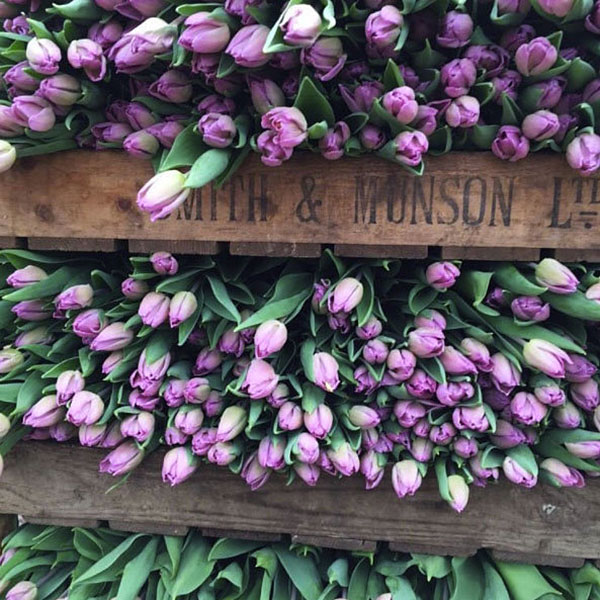
Social media has transformed companies’ ability to promote products and, at the same time, express their personality. For fifth-generation growers Smith & Munson (@smithandmunson), an Instagram page has helped to crystallise a clear identity, as Jo Munson explains: “I took a course in social media for florists two or three years ago, which helped us develop our story and a sense of our history. We didn’t have a brand before that.”
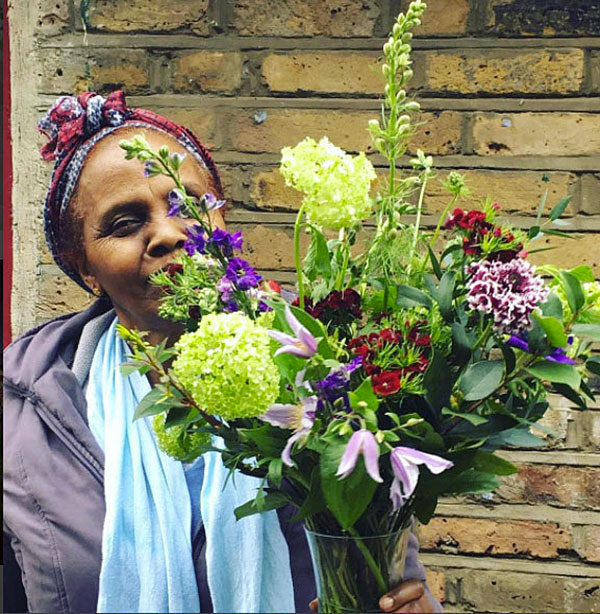
For Sneh Jani and Olivia Head, co-founders of Bread & Roses (@wearebreadandroses), a social enterprise offering floristry training and employment to refugee women, “Instagram is an invaluable way to market our work, drum up business and share our social mission in a visually beautiful way”. Over Christmas, a quarter of the wreaths Bread & Roses sold were purchased thanks to Instagram.

What Spry would make of these innovations, we cannot know, but her contemporary, Smith & Munson founder George Smith, would “be very proud”, says Jo Munson.
Photographs: Adrian Sherratt/Alamy; Britt Willoughby Dyer; Jack Neville; The Real Flower Company; Maurice Ambler/Hulton Archive/Getty Images; Leonard Fäustle; Instagram: @thelandgardeners, @wearebreadandroses, @smithandmunson

Comments